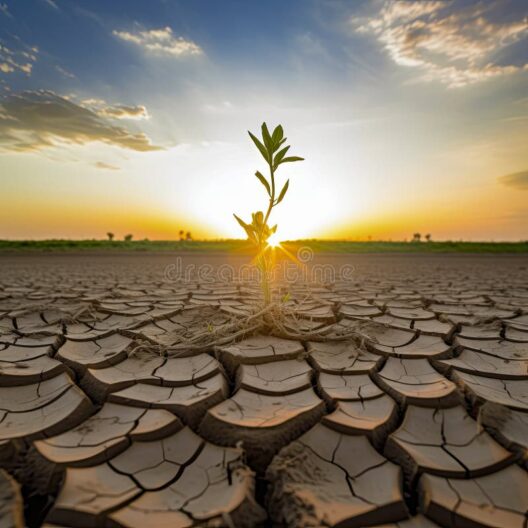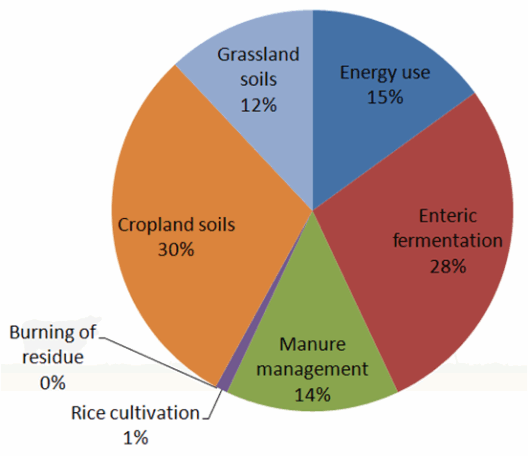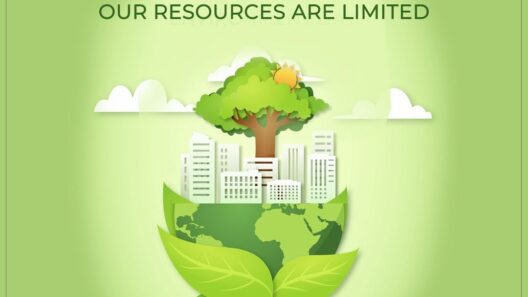Energy efficiency is often heralded as a panacea for our escalating power demands and the concomitant environmental predicaments. In an era where the phrase “conserve energy” echoes fervently, a salient question arises: Are we too caught up in the allure of energy efficiency to recognize the potential pitfalls it presents? In this exploration, we will delve into the less-discussed ramifications of conservation efforts and illuminate a spectrum of issues that accompany this noble pursuit.
First and foremost, the rebound effect merits our attention. This phenomenon occurs when increased energy efficiency leads to behavioral changes that negate the expected energy savings. For instance, consider the situation where households invest in energy-efficient appliances. Instead of merely reducing energy consumption, families might feel incentivized to use these appliances more frequently—baking more cookies or keeping the air conditioning running longer. Thus, the enhancement in efficiency can paradoxically lead to an uptick in energy usage, thereby undermining the intended environmental benefits.
Moreover, there exists a paradox in energy efficiency initiatives where the very technologies designed to curtail energy consumption also catalyze heightened consumption in other areas. The introduction of LED lighting, widely celebrated for its economical energy use, may unwittingly encourage longer operating hours due to its lower utility cost. This unintended consequence exemplifies how efficiency measures can subtly morph consumer behaviors, rendering initial objectives moot.
Another intricate complication emerges concerning the concept of “energy justice.” Conservation strategies can inadvertently exacerbate socio-economic disparities. When energy-efficient technologies are primarily accessible to affluent households, low-income families may be left behind, unable to afford the initial investment in greener alternatives. Consequently, the affluent may reap all the environmental and financial benefits of energy efficiency, while the less fortunate endure a cycle of high energy costs and inadequate access to essential improvements. Energy efficiency measures can thus become exclusive privileges, entrenching social inequity rather than promoting universal sustainability.
Transitioning to the manufacturing and disposal processes of energy-efficient products raises another layer of complexity. For instance, the production of compact fluorescent lamps (CFLs) and LED bulbs incorporates materials that pose ecological hazards, such as mercury in CFLs. The lifecycle of energy-efficient technologies must be scrutinized. Are we truly conserving energy, or are we merely accumulating more toxins and ecological burdens in our quest for efficiency? As consumers, we must confront the reality that the production and disposal of such products may create environmental predicaments of their own, which often escape mainstream discourse.
The sustainability of green technologies also poses a significant challenge. Take solar panels, for example. While they offer substantial energy outputs and reduced greenhouse gas emissions, their manufacturing process requires an extensive array of rare earth elements and metals. Mining these resources entails not only environmental degradation but also significant carbon footprints. Furthermore, the energy investment required to produce solar panels may not be entirely offset by the energy they ultimately save. This raises a critical inquiry: Are these technologies sustainable in the long term, or do they merely represent a transient solution masquerading as a cure-all?
Additionally, energy-efficient solutions often lead to a phenomenon known as “poor performance.” This term refers to the often overblown expectations associated with new technologies. Stakeholders may promote energy-saving devices that fail to deliver on their promises, leading to disillusionment and skepticism among consumers. A failure to manage expectations can breed mistrust, culminating in decreased participation in energy efficiency programs. It’s paramount to ensure that the claims surrounding these technologies are substantiated to foster genuine interest and commitment to conservation.
Furthermore, legislative policies aimed at promoting energy efficiency must be approached judiciously. While regulations can stimulate significant change, overly stringent mandates can stifle innovation and create unintended economic repercussions. Small businesses, which often operate on tight margins, may struggle with the capital demands of compliance, diminishing their competitive advantage. In striving for collective energy savings, policymakers must balance regulation with flexibility, allowing spaces for innovation and adaptation.
Lastly, the transition to a more energy-efficient future often neglects the crucial aspect of human behavior. The technical enhancements are only half the equation; individual habits play an indispensable role. Behavioral inertia may resist even the most sophisticated efficiency interventions. Education and outreach are vital, as engaging the public is essential to realizing the full potential of conservation efforts. In this light, it is imperative to recognize that technological advancements alone will not solve the intricacies of energy consumption.
In conclusion, while energy efficiency is a vital component of the strategy to mitigate climate change and conserve environmental resources, it is essential to acknowledge the accompanying dilemmas inherent within this noble pursuit. By recognizing issues such as the rebound effect, social disparities caused by unequal access, the sustainability of technologies, and the overarching importance of human behavior, we can foster a more comprehensive approach toward energy conservation. Adapting our strategies and maintaining vigilant scrutiny will ensure that we are not only striving for efficiency but also advocating for true sustainability in a complex world.







